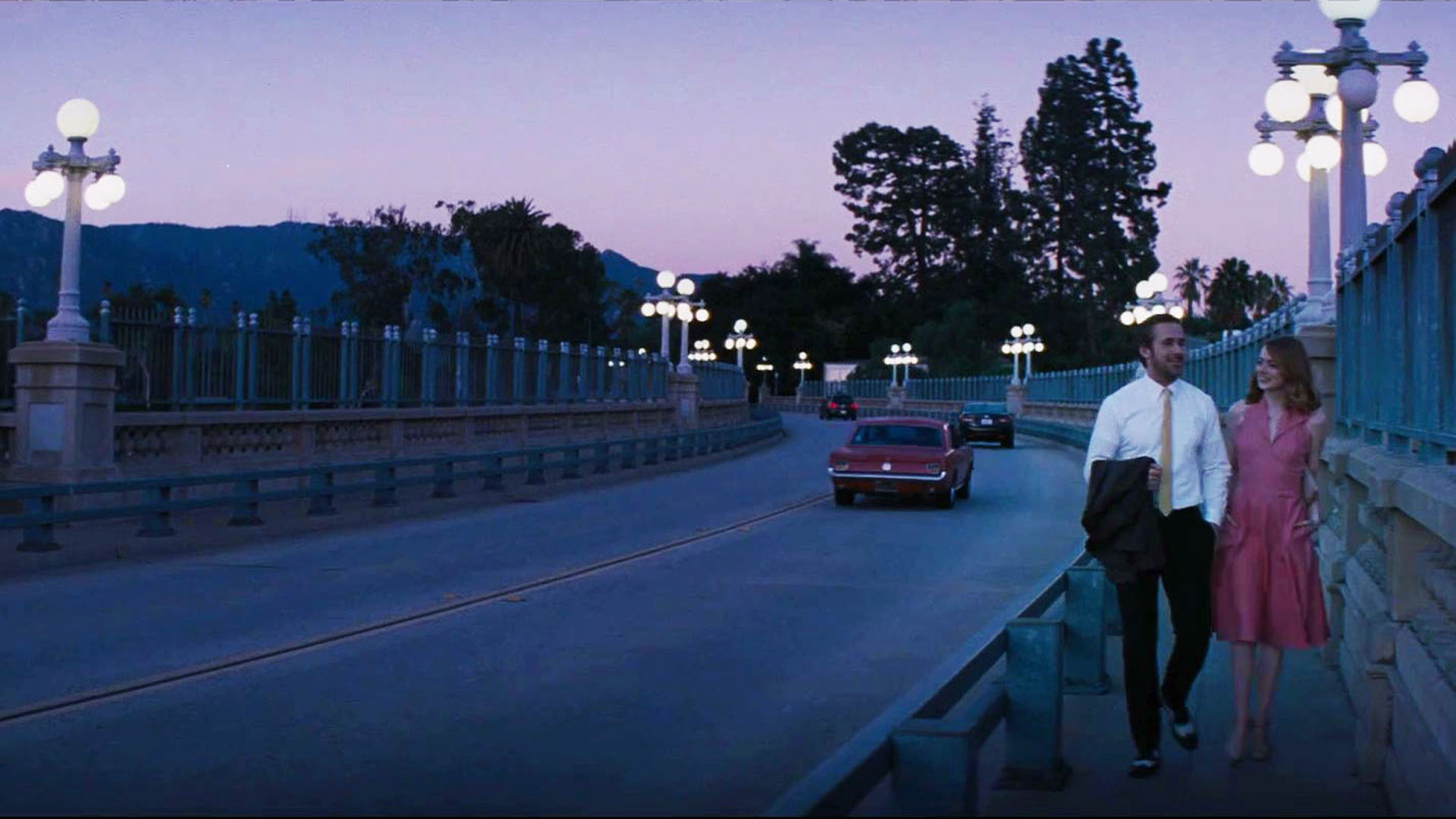Table of Contents Show
Movies and musicals used to be synonymous in the Golden Age of Hollywood. Swirling dresses, pristine choreography, and whirlwind dance numbers were the height of moving pictures until the 1960s. There have still been excellent musicals since then, but most are remakes or sequels to already largely established stage musicals. Audiences are much more likely to see two robots fight each other on a screen than two dancers traverse across a stage, singing about love and life.
- Director: Damien Chazelle
- Release Date: December 9, 2016
- Music Composed By: Justin Hurwitz

Damien Chazelle’s 2016 masterpiece, La La Land, changed that. Since its release, La La Land has changed the landscape for the movie musical by refreshing the genre through its original story, style, and songs. It paved the way for what musicals can and hopefully will be in the future.
The Story: Classic, But New
Remakes. They’re often well-made, and viewers everywhere can enjoy them. Timeless tales like Annie, Les Miserables, and Into the Woods have graced our screens over and over again, appealing to their own select range of stage and movie lovers alike. But…what happened to the originality of the musical? The days of Singin’ in the Rain, White Christmas, or West Side Story? The relatability of the movie musical dropped with the originality, leaving the audience scarce.
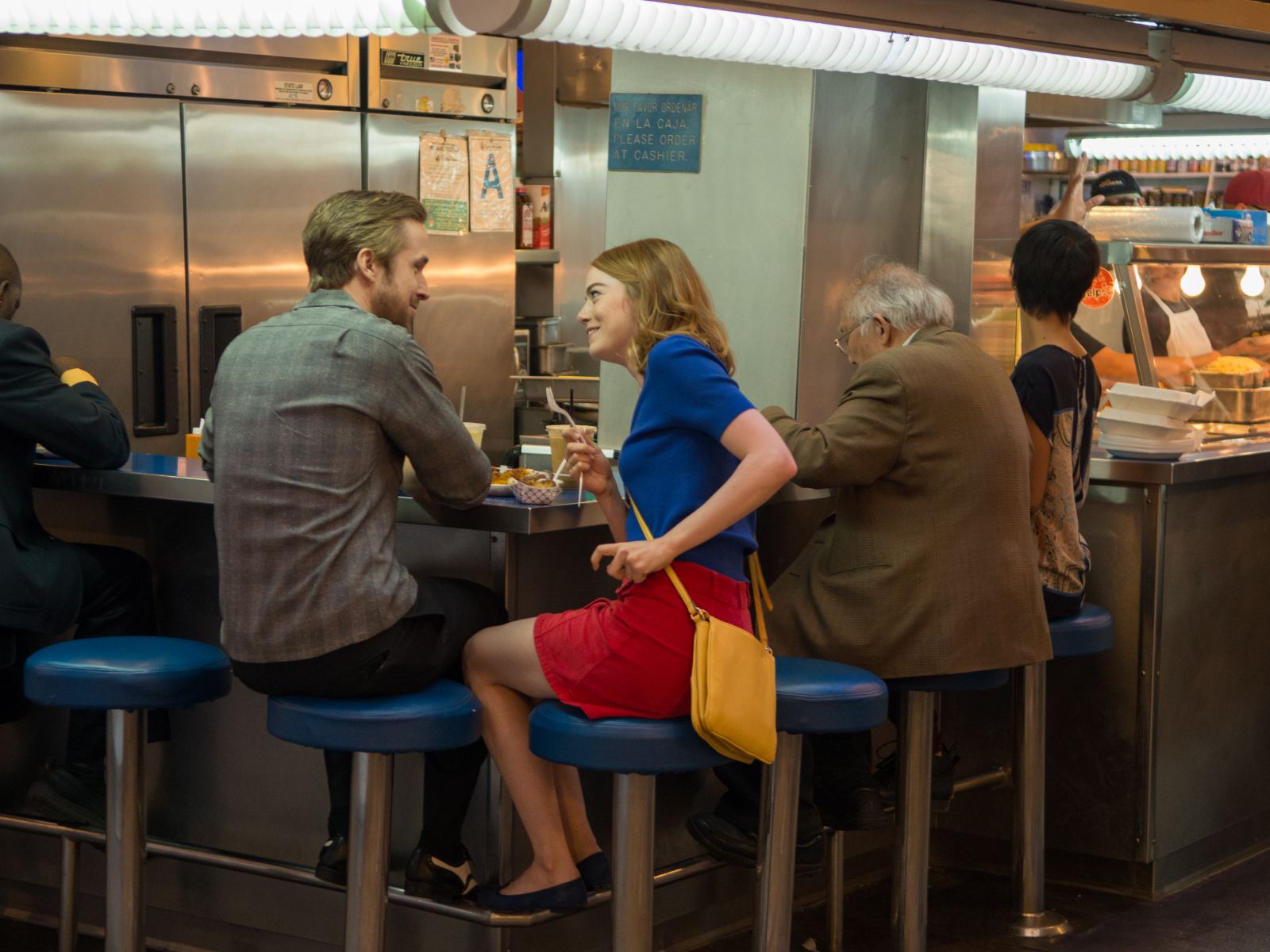
The older stories simply don’t relate to modern viewers anymore. Enter La La Land. The story: Two Hollywood dreamers seeking fame amidst the rough and tough cutthroat nature of the industry. Intertwined throughout is a tragic, beautiful love story that balances out the sacrifice of pursuing one dream over the other. It’s a classic kind of Hollywood tale, calling back to movies like Singin’ in the Rain or An American in Paris-and yet, it’s completely different. It puts a couple of modern spins on the old narrative, spins that altered the perception of the movie musical. It doesn’t end happily.
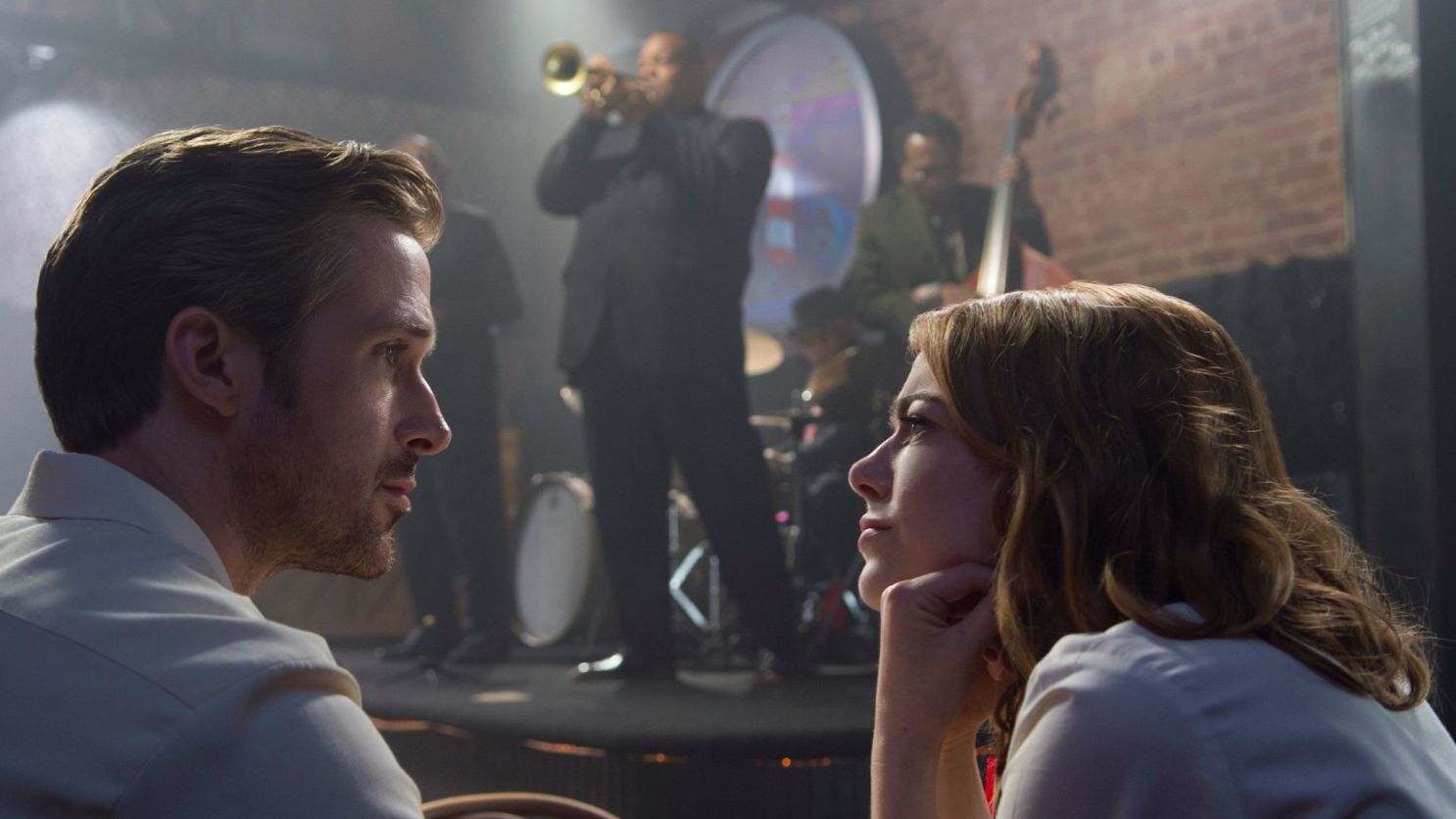
The songs are used to emphasize the “dream-like” beginning of the movie but don’t continue into the end. The new is mixed with the old. And, of course-gridlock traffic. According to Damien Chazelle, the director of the film, the opening car-to-car scene of La La Land is intended to be a moment “that makes viewers feel as if they’ve time-warped back to an era when musicals were the epitome of American studio filmmaking” (( Chazelle )).
It’s something new and old, something that movie-goers haven’t been exposed to in a very, very long time. It’s scenes like this that draw in audience members of all ages-those who love the old musicals, and those who are intrigued by a new mode of storytelling abandoned since the baby boomer age. It’s scenes like this that modernize a classic story for a new audience, introducing the new world to what musicals used to be, and can be.
The Style: A Respectful Copycat
La La Land manages to take SO many bits and pieces from other films, but keeps all of its originality. Below are just a few examples of the masterful weaving of oldies into this movie while still keeping itself modern and new.
Singin’ In The Rain
A lot of La La Land can be traced back to this iconic musical, and that’s what makes it so refreshing. It’s so CLEARLY influenced by the classics and yet tailored to an audience that wants a more complicated storyline. The dance numbers, the outfits, even the dialogue-it’s a reinvention.
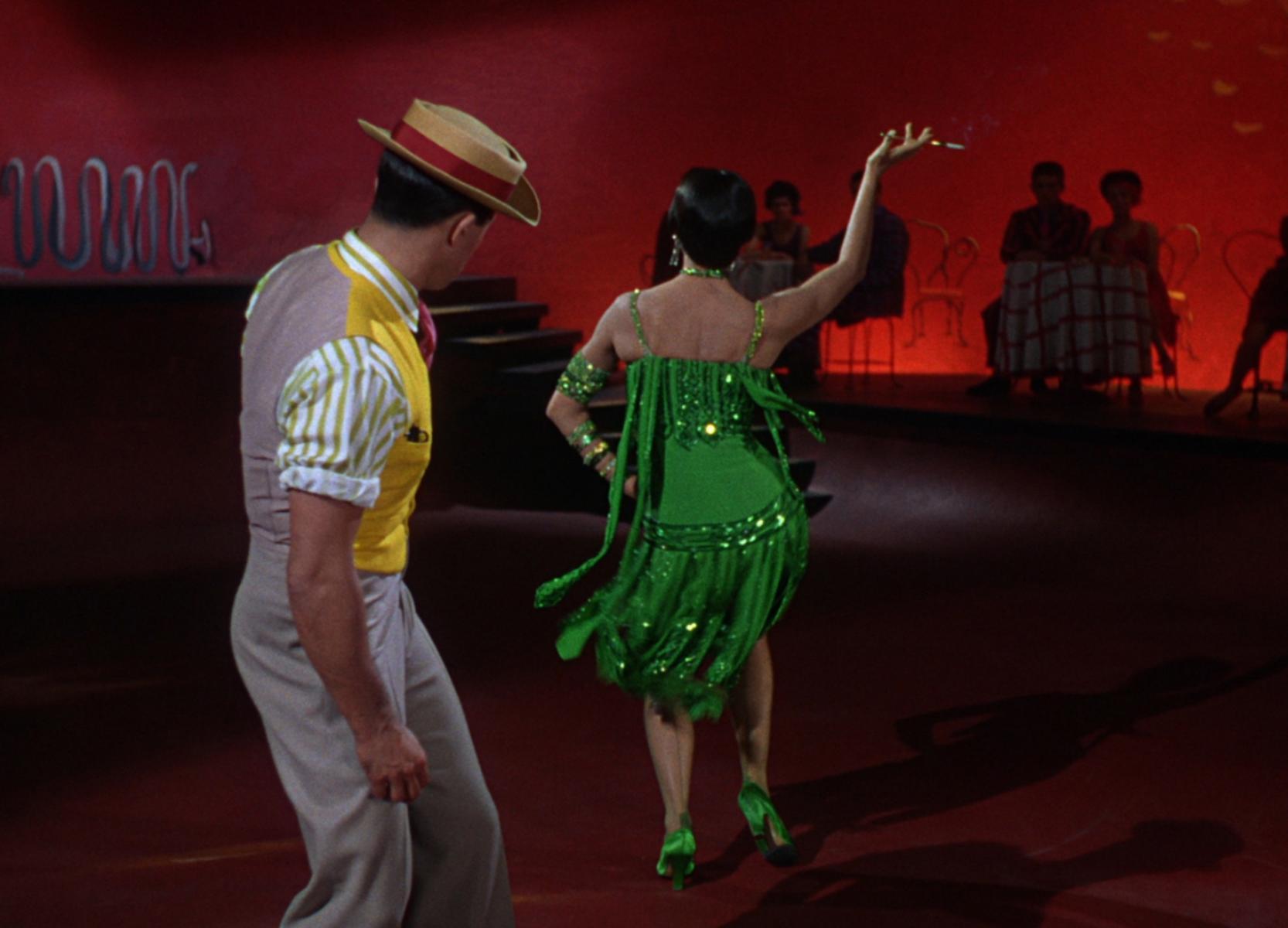
Compare numbers like “Moses Supposes” and “Singin’ in the Rain” to La La Land songs such as “Lovely Night” or “Epilogue.” The music is similar and yet, it’s grounded in a reality that relates to a modern audience. Songs are interrupted by cars, phones, or people. They don’t come out of nowhere, and even though people don’t break out into song in the real world it feels right. Even the story is more relatable to a modern audience, taking Singin’s struggling actor storyline and transferring it to today’s audience. Dreams don’t come true as easily as Hollywood used to say that they did.
Fred Astaire & Ginger Rogers
Long gone are the days of Fred Astaire and Ginger Rogers, the dazzling duo that graced screens in the thirties with numbers like “Cheek to Cheek” or “Never Gonna Dance.” With La La Land, we are brought back to the magical escapes of a dress and heels through several splendid numbers with the main characters, Mia and Sebastian. What this movie makes abundantly clear, however, is the time period.
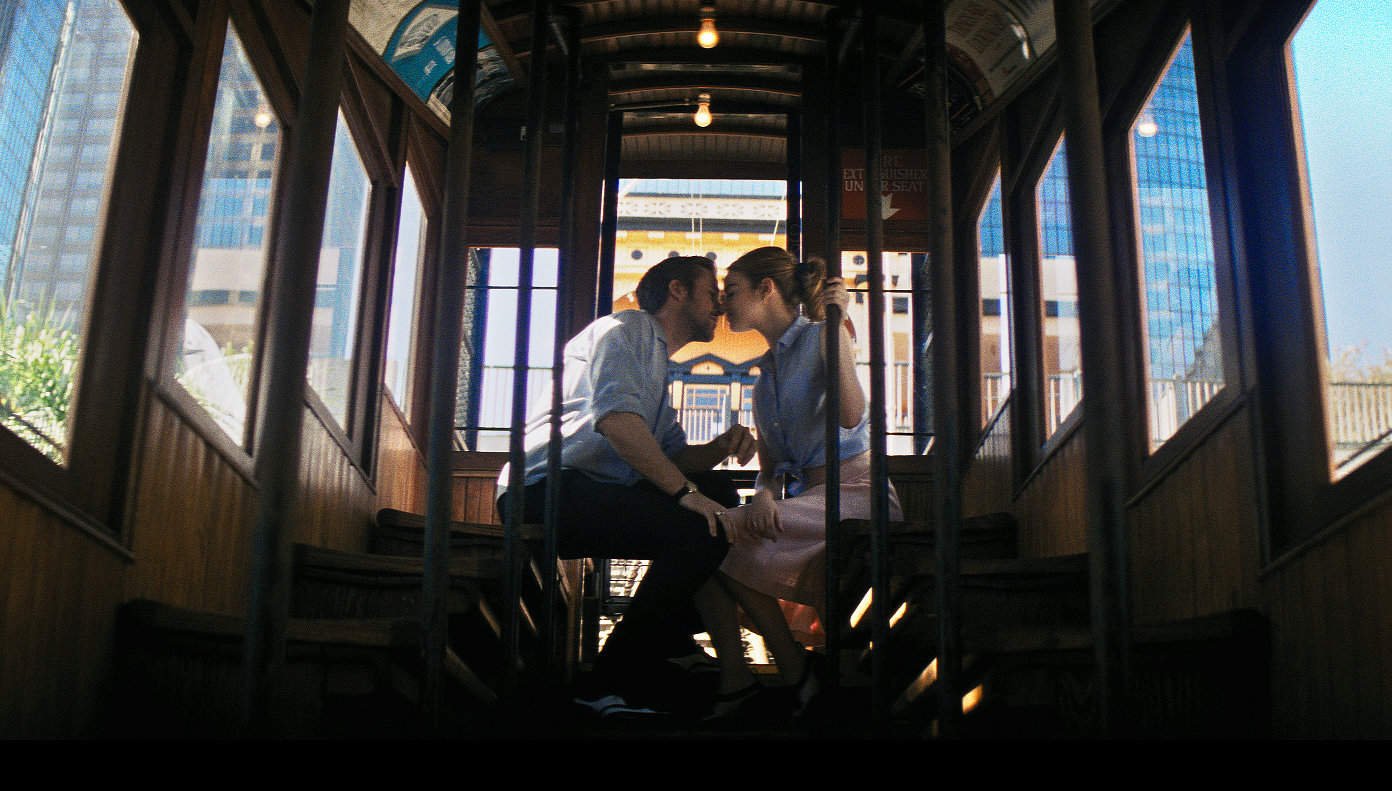
The older Hollywood musicals tended to be rather unrealistic, dreamy. La La Land’s numbers encapsulate these dreams, the vivid colors and swirling music that goes with them, but also provides a relatable aspect to audiences. This provides a way to connect to an otherwise unrealistic musical number that many early and current musicals seriously lack.
The Songs: Entirely Original, Incredibly Catchy
How many musicals have been created that have original music? Or, at that – good music? Writing original songs is incredibly difficult, and it’s even harder to make them catchy. La La Land effortlessly does so, recalling the beautiful numbers of old Hollywood with the grand capability audiences desire now.
1. “Lovely Night’
The above-mentioned “Lovely Night” manages to incorporate something that we don’t see very often in movie musicals nowadays – tap dance. The playful banter mixed with the stylized number calls back to, once again, Singin’ in the Rain and movie musicals that incorporated spontaneous dance into their stories. Simultaneously, it’s loaded with modernity – the cars, the cellphones, the attire. It feels old but so refreshed, simultaneously. Not to mention, it’s incredibly catchy. It flows, it fits, and although it’s a random burst of singing, it feels natural. It feels like it belongs, almost like it could really happen. Audiences are driven to relatable content.
2. “Someone In The Crowd”
“Someone in the Crowd” is a cry to the millions of dreamers chasing the Hollywood dream in the sunny hills and houses of Southern California. Not only does it speak out to the actors and actresses of the world, but it screams out to anyone who has ever held a smidgen of a dream in their life.
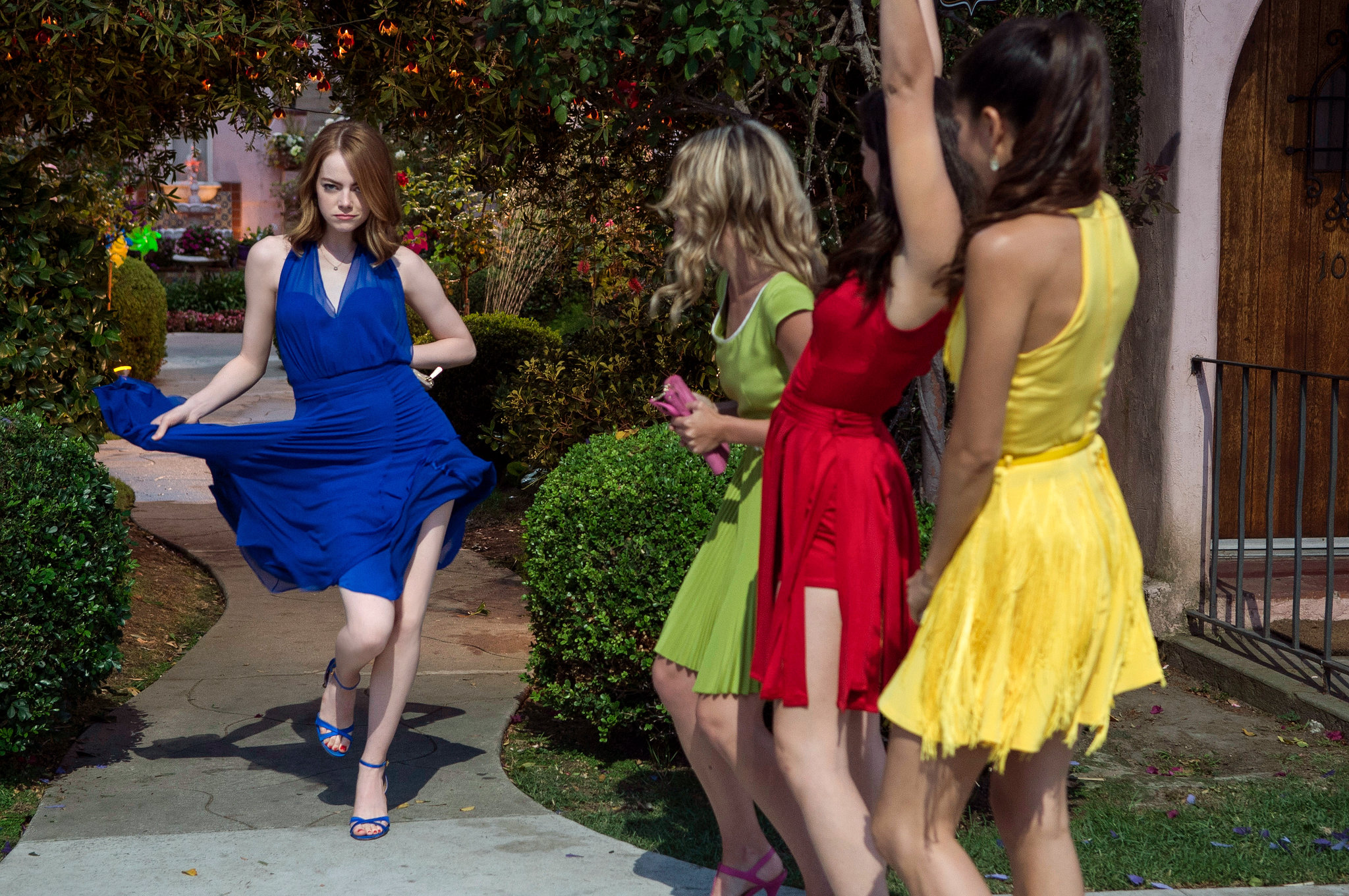
Is someone in the crowd all that anyone will ever be? What will it take to get that connection, to meet that person that will allow a dream to come true? All the world’s a stage for those that just want to become who they truly envision themselves to be.
3. The Epilogue
Who could forget the final beats of the film’s last score, the heartbreaking notes on the piano as the spotlights finally rose on the two main characters? The pain as the reality of the situation settles on both the audience and the characters onscreen? This ending solidified La La Land‘s permanent position as the game changer of all musicals. It wasn’t happy, and that gave it the buzz that it needed to in order to drive folks of all ages to movie theaters.
Damien Chazelle revealed that “The idea was to take the old musical, but ground it in real life where things don’t always exactly work out” (( Chazelle )). La La Land was a film that did not have an amazing box-office open but spread by word of mouth most popularly as a result of this “twist” ending. Heartbreak is a universal concept, perhaps more common now than ever. In a new and modern world, La La Land took advantage of the ability to go viral and applied it to the world of musicals.
The Impact
In total, La La Land made a box office total of more than three-hundred million USD on a thirty million budget – an almost UNHEARD of number for movie musicals (( Robehmed )). Of course, this film’s unique success inspired more like it to be created. A new fanbase was formed. Following the release of La La Land, a spur of original movie musicals rose. Anna and the Apocalypse, a musical based on the zombie apocalypse, emerged in 2017 with an entirely original script.
The Greatest Showman came out in the same year, a musical about the life and adventure of P.T. Barnum. All of these songs, the story, were unique as well. This one even had a path similar to La La Land’s, gaining popularity through the viral nature of its music. Broadway shows are even being revived into movies, musicals other than the classics that have been around and remade over and over again over the many years of Hollywood. Lin Manuel Miranda’s In the Heights makes its way to theaters next summer.
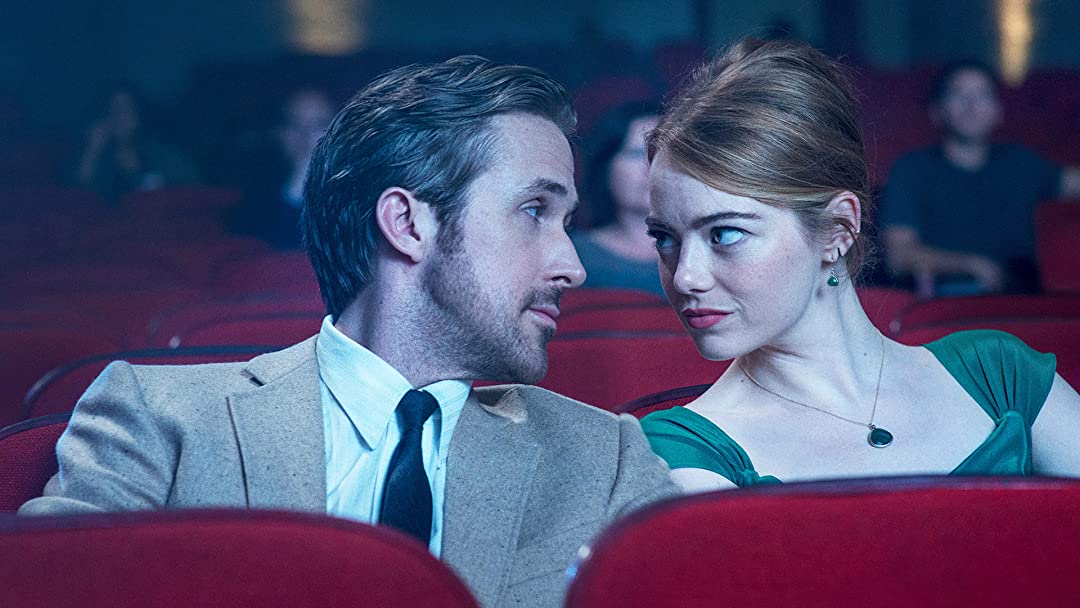
Benj Pasek, a lyricist for La La Land said the mindset of the incoming Gen Z and Millenial generation perfectly: “We feel like our generation has been so primed for musical content. We grew up with the resurgence of Disney animation and all that followed from that. In hindsight, it makes sense that people would be receptive; so many of us grew up with our first stories being told through song.” (( Pasek ))
The new generation is so ready to be reintroduced to musicals, and Chazelle saw that opportunity. He took it, and the musical film genre has since been growing. It’ll be exciting to see where it goes next, and what musical will take the world by storm.
